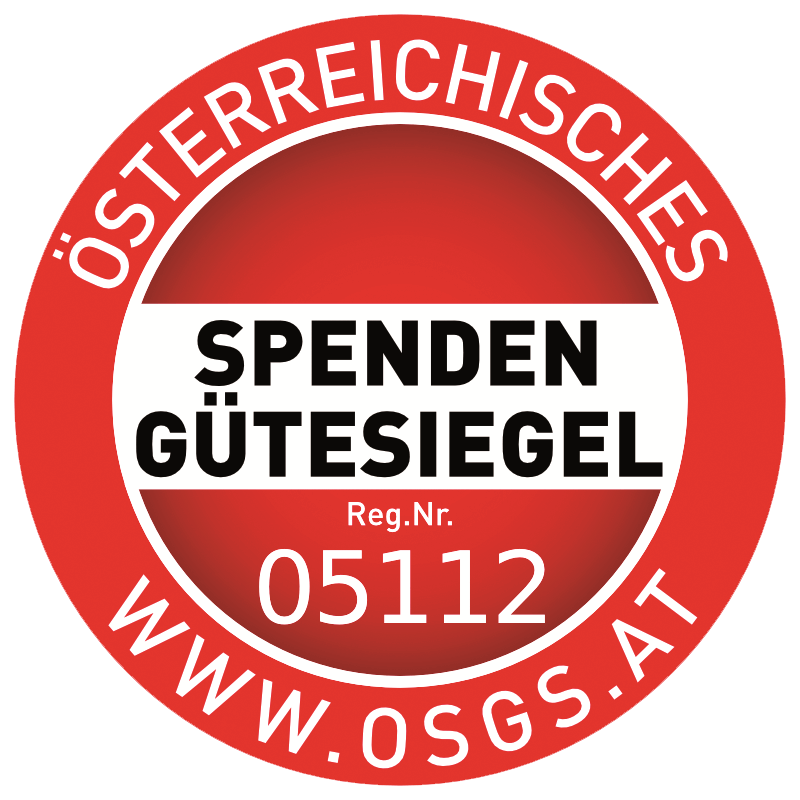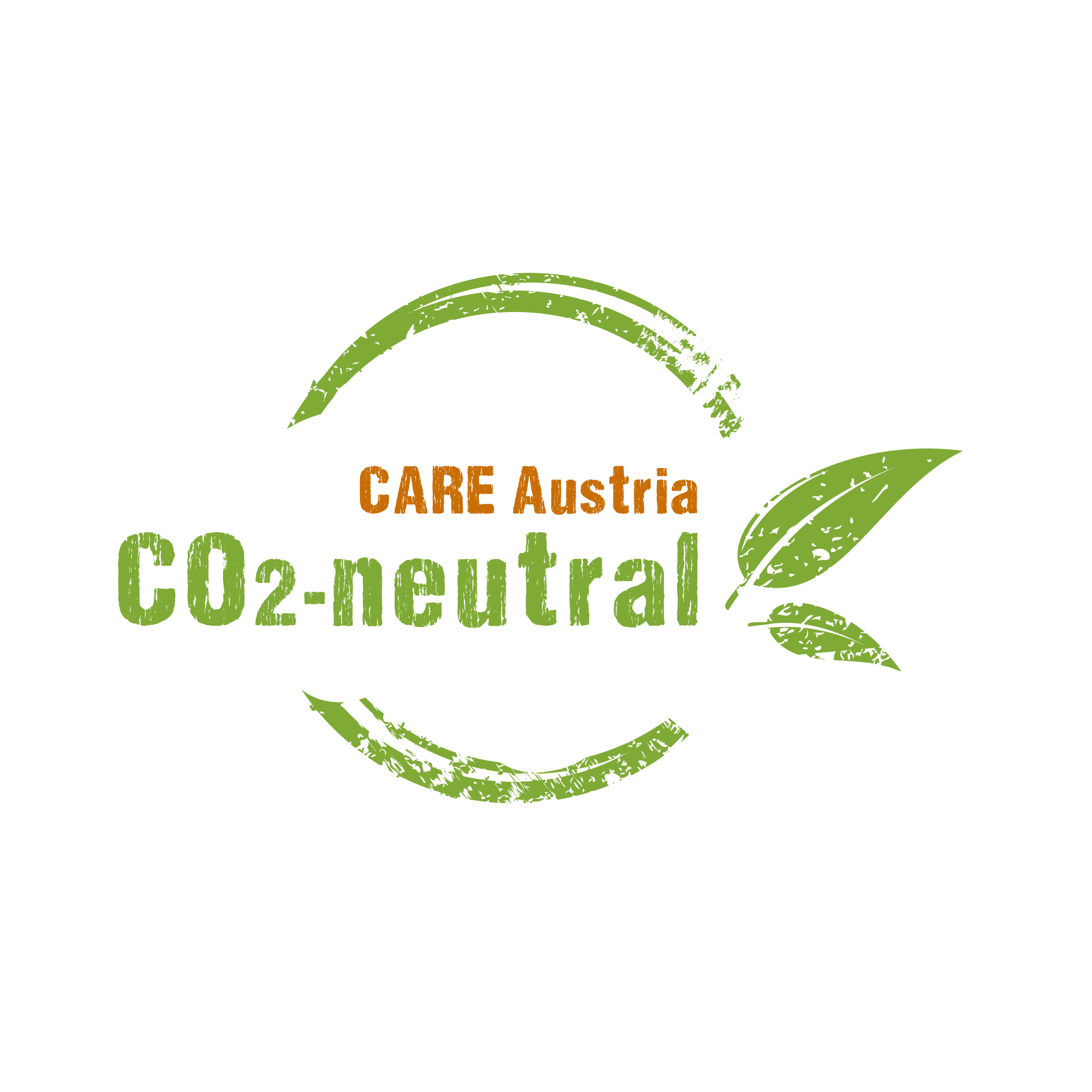Syria: Protection & Basic Needs Multi-sector Response in Syria – SYR912
The situation in Syria continues to be highly complex due to a confluence of security, displacement, socio-economic, and most recently epidemiological factors, leading to continuously high humanitarian and protection needs. More than 11 million internally displaced persons (IDPs), returnees, and vulnerable host community members are in need of humanitarian and protection assistance. Persons with specific vulnerabilities related to their age, gender, disability, migration/displacement status, ethnicity, and other diversity factors such as women and girls, older persons, persons with disabilities, and persons with pre-existing health concerns face additional barriers to access services and support.
Coping capacities of affected populations continue to deteriorate, with increases in debt and adoption of harmful coping strategies.
WASH and shelter infrastructure in many communities have either fallen into disrepair or have been destroyed, due to little or no maintenance and lack of power supplies. Many communities are experiencing poor functioning sewage systems, with most sewage discharged untreated into open areas.
The socio-economic impact of the COVID-19 pandemic is exacerbating humanitarian needs and aggravating protection risks and barriers to access services assistance, and protective spaces, in particular for vulnerable and marginalized groups. Official infection numbers have been comparatively low, contrasting with accounts of health workers, civil society organizations and individual Syrians of suspected cases, overload of health care facilities, and presumed COVID-19 related deaths.
Overall Objective
To provide life-saving response to emergency needs and protection concerns of the most vulnerable populations in Syria.
Specific Objective
To address immediate multi-sector needs and protection concerns of vulnerable women, men, girls and boys in northern Syria.
Expected Results
ER 1: Vulnerable women, men, girls, and boys have adequate access to WASH services and hygiene practices.
ER 2: Most at risk women, men, girls and boys have improved information on and access to critical protection services.
ER 3: Emergency affected women, men, girls and boys have access to cash, support and services to address immediate needs
ER 4: Vulnerable women, men, girls, and boys have adequate access to cash to address their immediate needs.
Main Activities
- Ensuring vulnerable populations have water supplies (water trucking, water storage, water system rehabilitation and maintenance
- Install and maintain latrines/ hand washing stations, rehabilitate sanitation systems and provide desludging services
- Solid waste management and latrine cleaning
- Promote safe hygiene behaviours, including proper handwashing, to mitigate the spread of COVID-19 and distribution of soap
- Provide critical protection-related information for women, men, girls, and boys
- Provide protection case management, psychosocial support and individual protection assistance
- Provide life skills sessions, recreational activities and skills building activities
- Train and support members of local initiatives and community groups to actively engage in protection awareness campaigns and community dialogues
- Providing services under Transit Support Unit (TSU – ambulance services, awareness-raising sessions, mobile latrines, and referral services through the hotline)
- People in transit in need of specialized assistance referred to appropriate services.
- Emergency WASH services
- Market assessment and distribution of cash assistance.
Location
Syrian Arab Republic
Beneficiaries
WASH: 322.389 individuals (211.128 women)
Protection: 26.370 individuals (15.660 women)
Disaster Risk Reduction / Disaster Preparedness: 50.000 individuals (25.000 women)
Shelter and settlements: 24.500 (12.250 women)
Duration
01.05.2021 – 30.09.2022
Total Budget
10.075.000
Partner organisations
3 local partner organisations
Donors
This project is funded by the European Union.
This project contributes to the following sustainable development goals (SDGs):












